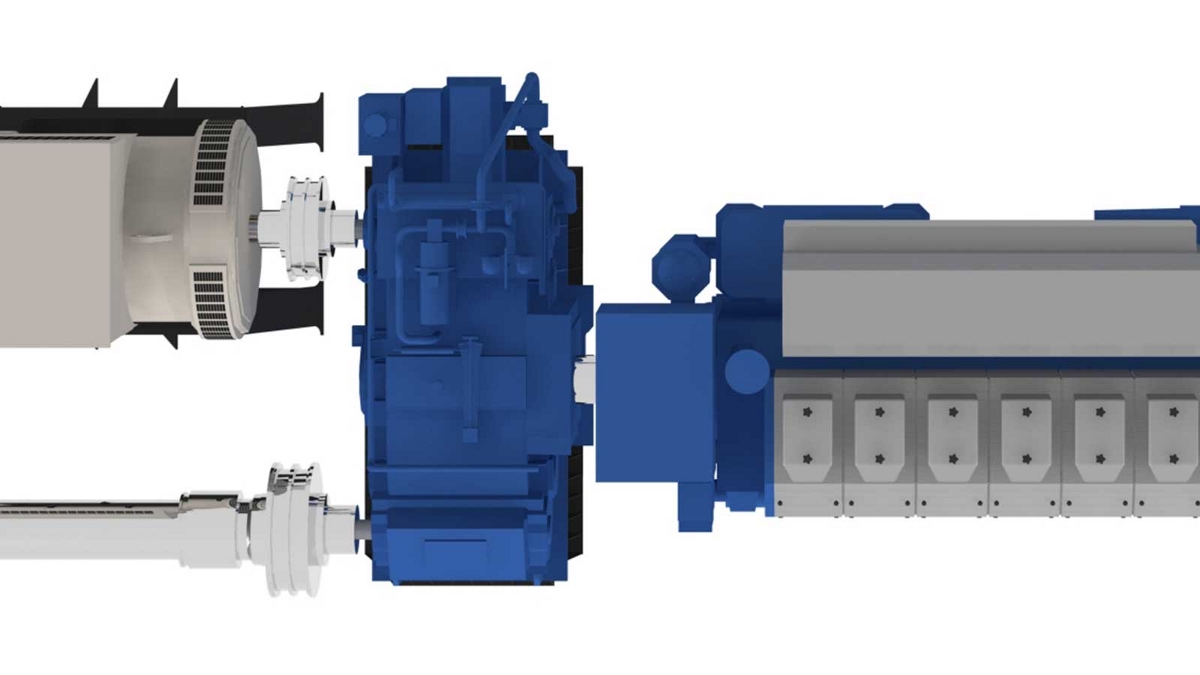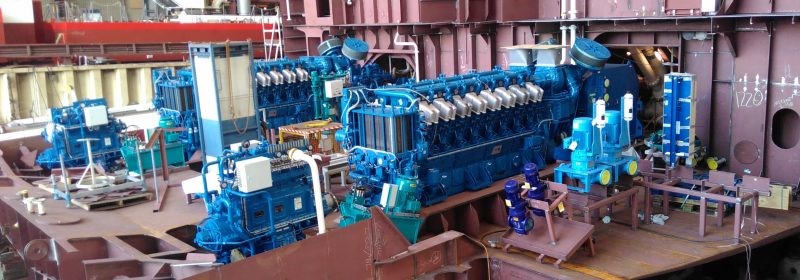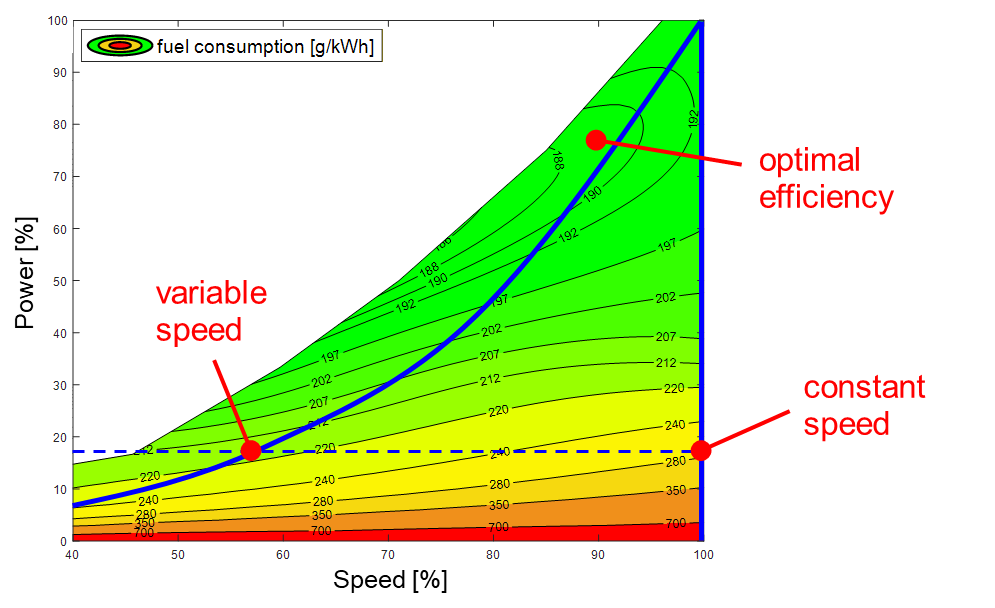Fuel Tool: how we calculate fuel efficiency of drive systems in an early design stage

We all know that clean alternative fuels are being introduced to meet CO2 emission reduction targets. However, these alternatives often need more storage space onboard a vessel, as their volumetric energy density is lower than that of fossil fuels.
A way to reduce emissions and limit the required space for fuel storage is to implement efficiency improvement measures. This is relevant today and will remain so in the transition to cleaner fuels, especially considering that they are still more expensive than fossil fuels.
This is expected to change significantly in the coming decade, and increasing efficiency will decrease the economic risks for vessel owners. So, efficiency improvement measures are key in the transition to cleaner fuels, and include:
- choosing the adequate drive system configuration for the operational profile of the vessel, which can lead to significant fuel savings
- choosing the optimal drive system components to further reduce fuel consumption.
At Royal IHC, a tool has been developed to assist designers in making these choices and calculating the performance of the drive system, fuel consumption and emissions: the Fuel Tool. Figure 1: Comparison of an electric drive system (left) and a direct drive system (right) in respect to fuel consumption.
Figure 1: Comparison of an electric drive system (left) and a direct drive system (right) in respect to fuel consumption.
Drive system configurations
Firstly, different drive systems can be installed on a vessel. Depending on the specific tasks of a vessel, the designer can determine which drive system is the most suitable. Many different drive systems are available, such as direct, electric and battery-hybrids drives.
In general, a direct drive is more fuel efficient for higher loads, but an electric drive is more efficient when it comes to part loads. Evaluating the operational profile and selecting the best drive system configuration can result in fuel savings of more than 10%.
Drive system components
A good example of efficiency improvement at a component level is the two-speed propulsion gearbox. This has been developed for vessels that sail at lower speeds than their maximum design speed part of the time, which is the case for hopper dredgers during dredging and sailing into harbour.
Under these circumstances, the controllable pitch propeller has a less efficient working point. The two-speed propulsion gearbox can then switch to another gear, resulting in lower fuel consumption. Such a system has already been built and tested on the TSHD Scheldt River. On typical dredge cycles, this is projected to lead to reductions in fuel consumption of 8-11% for the entire cycle.
This is one example, with another being the components that can improve the energy efficiency of vessels – waste heat recovery. These can contribute to an approximate 5% efficiency increase and are being increasingly used in the maritime sector.
 Figure 2: Example of a two-speed propulsion system installed on a hopper dredger.
Figure 2: Example of a two-speed propulsion system installed on a hopper dredger.
Fuel Tool: estimate savings easily and rapidly
While improvement measures can promise high efficiencies, do they actually deliver on their promise? Commonly, vessels have complex drive systems and varying operational profiles, which makes it difficult to estimate fuel savings in various conditions.
In order to obtain an accurate estimate of the fuel saving of a vessel, Royal IHC developed the Fuel Tool. Using this, different drive systems and efficiency improvement measures can be compared in the design stage, for a certain operational profile to be defined.
Our tool combines detailed information of drive system components (for example, an engine fuel efficiency map – figure 3) with the power requirements in the operational profile of a vessel. The profile can be obtained by onboard measurements (such as power) and with the help of Searchlight, which can track the vessel’s speed.
This combination provides realistic estimates of fuel consumption, creating a good basis to select the best drive system design, and for further discussions with customers and suppliers.

Figure 3: Engine fuel efficiency map of the Fuel Tool (variable engine speed results in a lower consumption than a constant speed).
Summary
Efficiency improvement measures will play a significant role in enabling the introduction of alternative fuels and zero emission vessels, by keeping the OPEX as low as possible. We would be excited to work alongside vessel owners to discover which efficiency improvement measures are achievable for their vessel.
Written by
Leonard den Boer
Project Leader Research & Development

Want to know more about our fuel tool?
Fill in the form and our experts will help you.